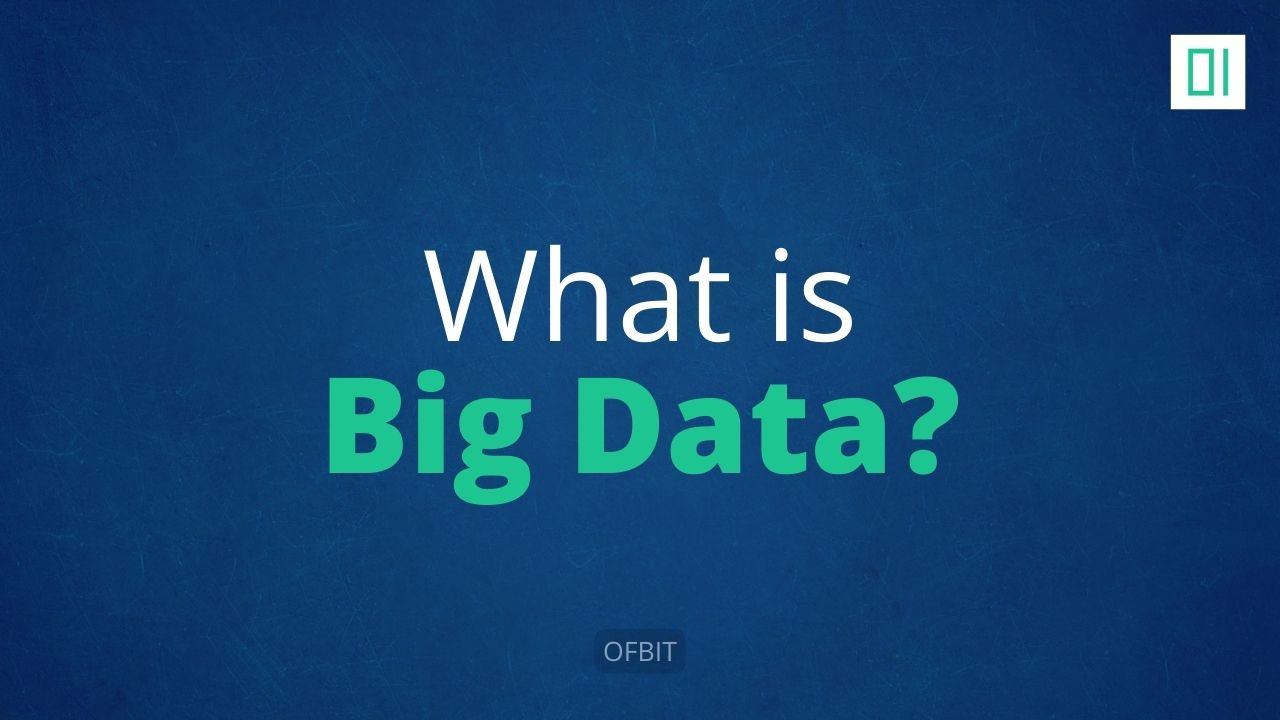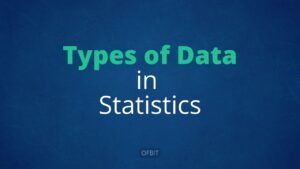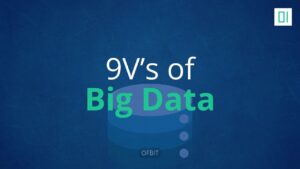Big Data is revolutionizing industries by enabling organizations to process and analyze huge amounts of information efficiently. In today’s modern era of information and knowledge, terabytes of data are generated daily from various sources.
Almost everything we do produces data, for example, whether it’s tracking our steps with a fitness watch, leaving reviews on Google, or simply using apps on our phones.
Organizations that want to succeed in today’s data-driven world use this constant flow of information to make informed decisions and develop better products and services.
But What is Big Data exactly? Let’s start with the textbook definition of Big Data.
What is Big Data?
Big Data refers to extremely large and rapidly generated complex datasets that cannot be easily managed, processed, or analyzed using traditional data processing tools.
It is characterized by mainly three ‘V’s: Volume (large amounts of data), Velocity (fast data generation and processing), and Variety (different types of data, such as structured, unstructured, and semi-structured).
Understanding Big Data
Big Data consists of Structured Data, Semi-structured Data and Unstructured Data generated from multiple sources, including social media, IoT devices, multimedia content, transaction records etc. These data are not only extremely large in quantity but also growing at an exponential rate over the course of time.
Big Data comes from everyday activities like social media interactions, online shopping, and web browsing. Apps like Facebook, YouTube, and Amazon track what we like, watch, and buy to improve recommendations. Smart devices, banking transactions, GPS navigation, and healthcare records also generate huge amounts of data. Streaming services like Netflix and Spotify use this data to suggest content.
Businesses, governments, researchers analyze all this information to enhance services, predict trends, and make smarter data-driven decisions, optimize operations, etc.
Unlike conventional databases, Big Data technologies use advanced tools such as Hadoop, Apache Spark, NoSQL Databases and cloud-based solutions to handle massive data streams in real-time.
Sources of Big Data
Big Data comes from various sources, including social media, IoT devices, transactions, search engines, and machine-generated data.
Social media platforms generate massive data through posts, comments, and interactions. Transactional data from online purchases and banking helps businesses analyze consumer behaviour. Search engines track queries and clicks, providing insights for targeted marketing.
Machine-generated data, such as CCTV footage and GPS tracking, supports security and innovation. IoT devices like smart sensors and wearables continuously collect real-time information.
As technology advances, sources of Big Data will continue to expand, shaping industries and decision-making.
Summary – What is Big Data
In this tutorial, you have learned What is Big data, and the sources of Big Data. By understanding what is Big Data, organizations can harness its power to enhance decision-making, improve efficiency, and stay competitive in the digital landscape.
Stay Connected & Keep Learning!
Did you find our articles and tutorials helpful? Stay updated with more expert tips—Follow us on Facebook and Instagram!
Be Part of a Global Tech Network! Join our Official Facebook Group for live Q&A, discussions, and networking with a global tech community!





Pingback: Characteristics of Big Data - V's of Big Data - Ofbit.Org